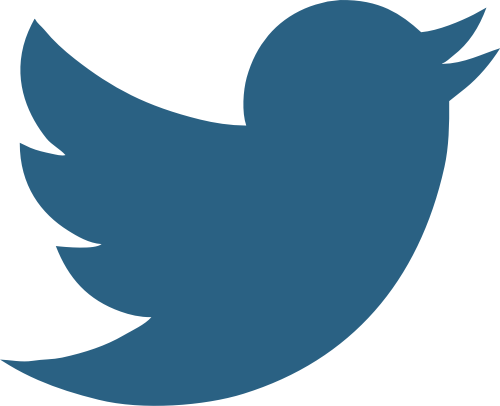
How to see the big picture and get your team on the same page
Francesco Marcatto23 Oct 17
There is divergence even in highly cohesive and motivated startup teams. They face the same challenges as larger companies: it’s hard to get everyone on the same page, and hard to see the big picture. How can you be the kind of founder that seems to breeze through these issues?
Clear communication
Ask why and set outcomes:
When you’re communicating the strategic goals for your business, always remember to include:
- Why is this important? What seems obvious now could be completely forgotten in a few weeks time, or not obvious to someone else in the team and this way you have a record of the rationale behind the decisions. It’s also great to look back and see if you agree with yourself a few months later!
- What are the expected outcomes? Having a clear goal will increase the convergence of your team’s efforts and will also help you a lot when reviewing the outcome. Have you ever got to the end of a few months working on something and thought, what were we trying to achieve with this? This will help.
Write it for yourself...in a month’s time
You need to communicate your strategy as simply as possible to your team, in a way they understand. If you think you’re already doing this, ask them to check! One way to think about it is try to imagine, just by reading it, would you understand it in 3 months time? Would it communicate in the same way to everybody else?
Make it sticky
If you want to learn more about how to communicate in a way that sticks in your team's brain, we’d really recommend the book Made to Stick by the Heath brothers. It’s great both for internal communication and external, for example content marketing and advertising.
Information availability
In front of you
Another workaround to increase the ‘stickiness’ of your message, is to literally stick it in front of the recipients. This is called availability: when an information is immediately accessible, you don’t have to recall it from your memory, you just have to look at it. This can reduce problems related to our prospective memory, where we fail to remember that we have to access the information. And to our retrospective memory, where we remember things wrong.
We don't have to try and keep everything in our head, we can rely on our prompts, which is cognitively easier. You can do this by creating posters and using a whiteboard if you’re lucky enough to have an office space!
Easy to find documents
We’ve found strategy documents are often hidden somewhere in a Google Drive/Dropbox folder, and can be a struggle to find whenever you need it. Or even worse they’re screenshots shared on Slack (guilty!). It’s far better to have a shared document so your strategic and tactical plans are visible to everyone. You can also reduce the cognitive stress of finding your strategy by creating a shortcut.
Record meetings
Have you ever had a exhausting two hours meeting that really clearer things up...but then encountered the same issues a few weeks later? It’s important to jot things down and share them with the team.
If you have difficulties in seeing the big picture, often it is because the big picture is actually hard to see. I’ll give you 5 seconds...can you find you overall strategic plan?
Strategic planning software
We’ve found that existing tools work very well at a single level of planning, but don’t easily switch between strategic and tactical thinking. For example, task management applications like Trello or Asana are highly effective for tracking the weekly tasks, but usually don’t have the view of the big picture. On the other hand, roadmapping and project management tools focus mainly on the higher level, and then require you to use a separate application for managing the daily tasks of your team. What’s your experience?
A new strategy planning tool
Based on this, we decided to develop I Am Why, a tool that links the strategic and tactical levels ourselves. We wanted to build a tool that we would actually use for planning our weekly tasks, while having our big strategic decisions right in front of us.
As a remote working startup, we’re struggling to finding a good way to share and display our strategic plan along with our weekly tasks. We also think this could be very useful also for other startups, helping to solve the problem of being on the same page and seeing the big picture. Is this a problem you have?
You can try I Am Why for free here!








